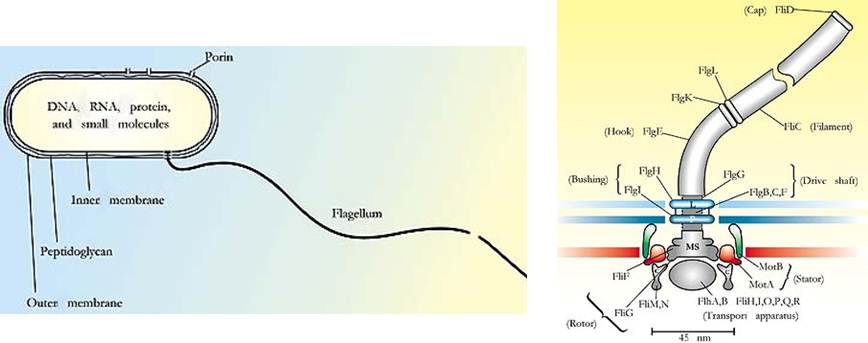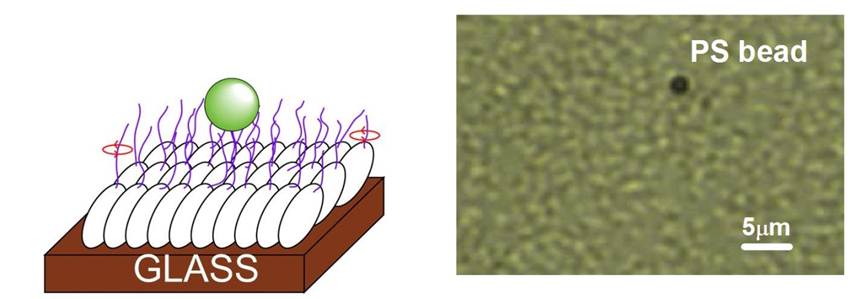Department of Physics, National Central University
Condensed Matter Physics Laboratory

Self-propelling particles (SPP)
Collective motion is one of the conspicuous features of life. Non-living systems, such as nematic fluids, shaken metallic rods, nano-swimmers, simple robots, and boats, are a few good examples. Living system, such as fish schools, bird flocks, bacteria swarms, and traffic jam, are other good examples.

Our self-propelling particle is bacteria. The reason that we choose bacteria is because it possess molecular motors which are able to perform highly efficient flagellum rotation even under low Reynolds number condition.

Wild type vibrio alginolyticus (VIO5) is a bacterium strain which exhibit highest swimming rate (51μm/s) ever recorded. The bacterium is propelled by the rotational motion of its single polar flagellum with rotation rate as high as several hundred hertz. The rotational rate can be tuned by sodium concentration in TMN medium (50mM Tris–HCl(pH 7.5), 5mM MgCl2, 5mM glucose, 300mM NaCl+KCl). NMB136 is another Vibrio alginolyticus bacteria strain. The swimming modes of VIO5 are two folds, forward and backward motion, switched by large angle flicking of flagellum. On the other hand, NMB136 only perform forward swimming motion with counter-clockwise flagellum rotation.

We achieve high coverage carpet formation by coating poly-lysine on the glass surface in the ~100μm high micro-fluidic channel.

© 中央大學凝態物理實驗室 Condensed Matter Physics Laboratory, National Central University
320 桃園縣中壢市中大路300號 No.300, Jhongda Rd., Jhongli City, Taoyuan County 32001, Taiwan(R.O.C.)
Tel: 886-3-4227151ext.65399 | Email: wywoon@phy.ncu.edu.tw